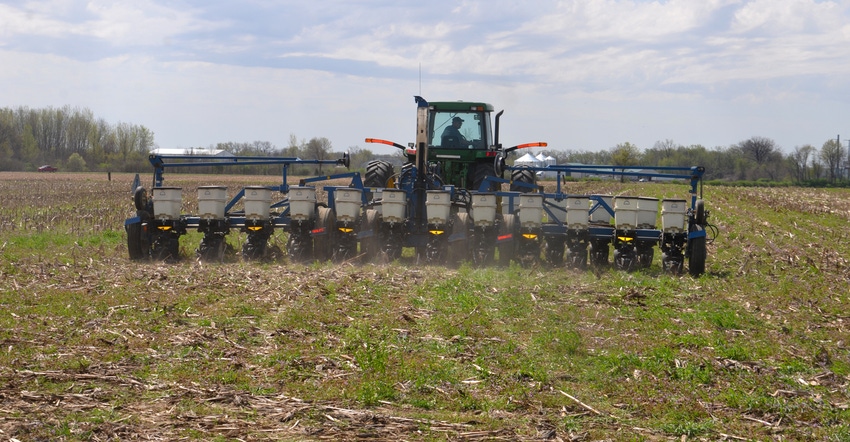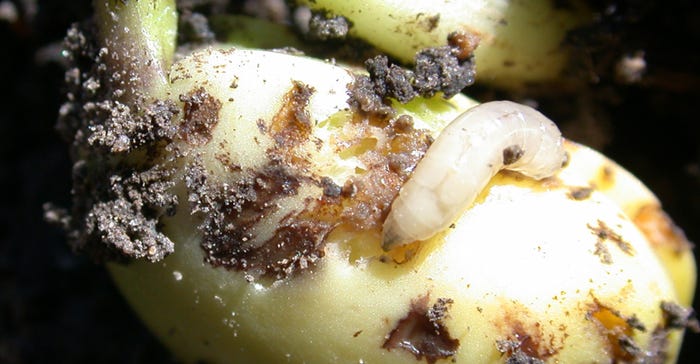
Many people saw the success of early-planted soybeans in 2020 and took the soybean planter to the field early in 2021, especially in the southern half of the eastern Corn Belt. A significant number of fields were planted in the first two weeks of April.
Planting continued as weather allowed. Some fields were planted just before the April 20-21 snow and freeze event. Afterward, rainy conditions parked planters for a few days. Some returned to fields to plant soybeans beginning around May 14. The result is a wide variation in planting dates, uniformity of emergence, stand counts and growth stages.
Related: Soybean response to sulfur varies
Steve Gauck, a regional agronomy manager for Beck’s, based near Greensburg, Ind., says scouting will be critical this year. “Your fields may be at a different stage than someone else’s, and if you planted over an extended time, your own fields may be at different stages,” Gauck says. “Pay attention to what is going on, and scout each field for what might be happening then.”
Beck’s sponsors Soybean Watch ’21. Gauck will scout the Soybean Watch ’21 field during the season so you can get an idea of what to expect in your fields. Because the Soybean Watch field wasn’t planted early, Gauck also will also pass along what he sees in other fields.
Variable conditions
Observations so far indicate that soybeans planted in very early April appeared to fare well in emergence and stand establishment. More problems have been reported with fields planted during that stretch around the third to fourth week in April. The snow and late freeze, and subsequent stretch of cool weather — with multiple frosts even after Mother’s Day, particularly in northern areas — didn’t necessarily kill plants or prevent germination by itself, but it did set up less than favorable conditions. Soybeans that are just emerged can handle temperatures of 26 to 28 degrees F for at least a couple of hours without killing injury, based on earlier work by Purdue University, Indiana Prairie Farmer and Beck’s.
What the cold weather did, however, was slow down germination and emergence, Gauck notes. That gives pathogens and insects in the soil an unfair advantage and more time to cause damage that could lead to poorer stands.
Entomologists report finding seedcorn maggots feeding on soybeans in early May in a field slow to emerge in northern Indiana. Soybean seed was treated with an insecticide, but seedcorn maggots were still active.

The jury is still out on how much replanting will be done and what stands of soybeans planted in mid- to late April will look like, Gauck says. He adds, however, that there is no guarantee what stands from fields planted in mid-May or later will look like either. Untimely rains or a return to cooler temps could impact them, too.
“Continue scouting your fields,” Gauck says. “I certainly recommend keeping stands with 80,000 plants, and perhaps even a bit fewer, as long as there aren’t big gaps and weed issues.”
About the Author(s)
You May Also Like




